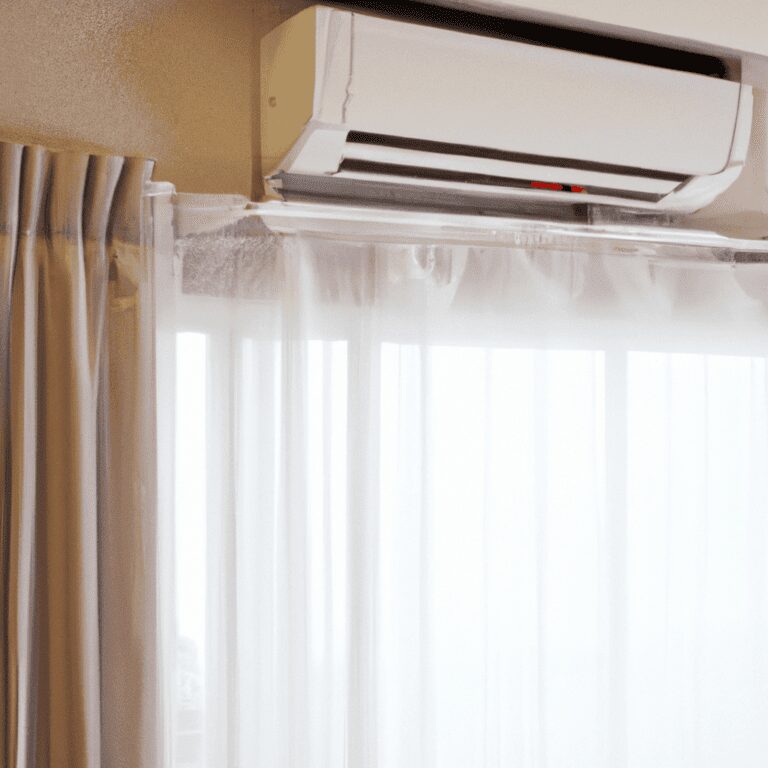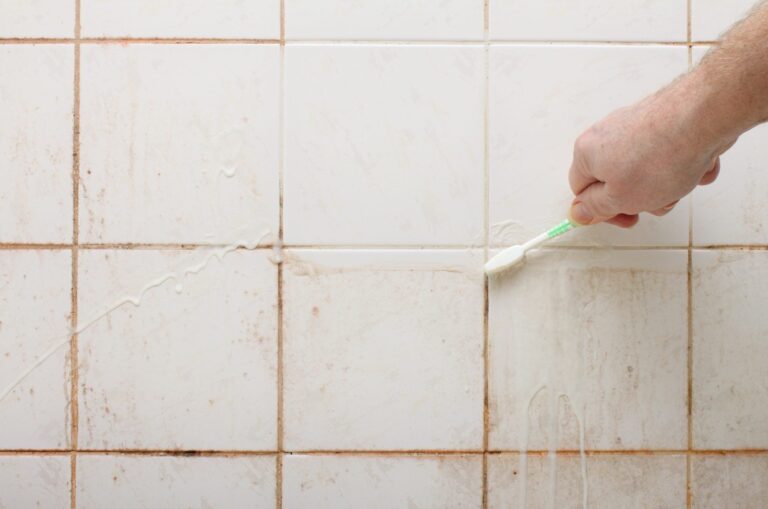How to Clean a Shower Curtain Without Taking It Down: A Details Guide
Maintaining a clean and hygienic bathroom is crucial for a healthy living environment. Your shower curtain, although often overlooked, plays a significant role in the overall cleanliness of your bathroom. The idea of taking down a shower curtain for cleaning might seem cumbersome, but fear not – we’re here to show you How to Clean a Shower Curtain Without Taking It Down. In this comprehensive guide, we’ll walk you through the step-by-step process of effectively cleaning your shower curtain while it’s still hanging, ensuring a hassle-free and fresh bathroom space. Let’s dive into the world of convenient clean shower curtain cleaning.
The Importance of Shower Curtain Cleaning
Before we delve into the cleaning process, let’s understand the best way why regular shower curtain cleaning matters. Over time, shower curtains can accumulate soap scum, mold, mildew, and other types of grime. Neglecting this cleaning chore not only affects the appearance of your bathroom but also poses potential health risks due to the growth of mold and mildew. By routinely cleaning your shower curtain, you contribute to a clean bathroom, inviting, and healthier bathroom environment. Vinyl shower curtains, especially the plastic shower curtain liner, are particularly susceptible to mold and mildew growth, so it’s important to clean them regularly using curtain rings and a good quality shower head.
What You’ll Need:
- Mild liquid dish soap
- White vinegar
- Baking soda
- Spray bottle
- Soft scrub brush or non-abrasive sponge
- Microfiber cloth or old towel
Step-by-Step Guide on How to Clean a Shower Curtain Without Taking It Down:
Step 1: Prepare the Cleaning Solution
The first step towards cleaning your shower curtain while it’s still hanging is by preparing an effective cleaning solution. Mixing equal parts water and mild liquid dish soap in a spray bottle is the perfect recipe for creating a potent yet safe cleansing agent.
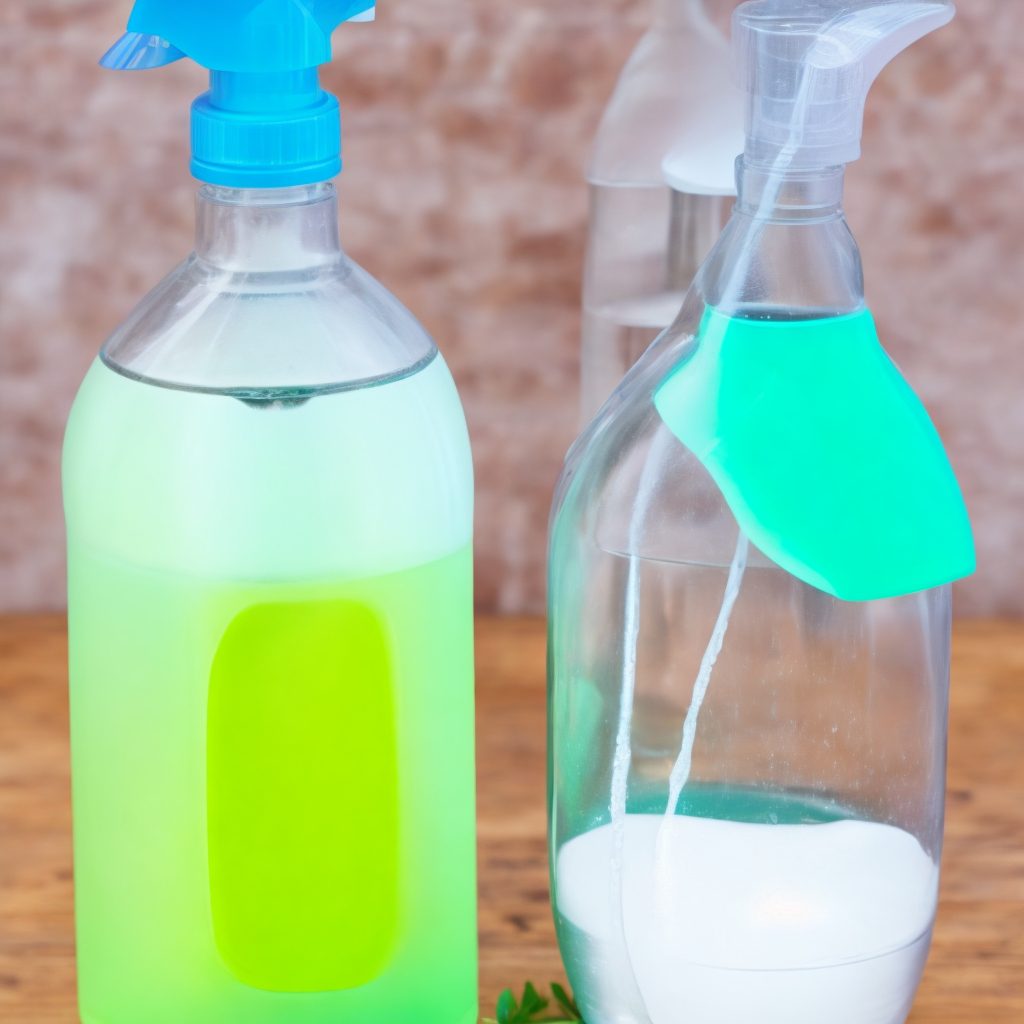
Mild dish soap or laundry detergent is the ideal choice for cleaning shower curtains as it effectively dissolves grime and dirt without damaging the delicate fabric of the curtain. The addition of water dilutes the soap concentration, preventing it from leaving any soapy residue on the curtain after cleaning.
The use of a spray bottle further ensures an even and controlled application of the cleaning solution. The spray bottle’s nozzle allows you to distribute the cleaning solution in a fine mist, ensuring it reaches all the hard-to-reach areas of the shower curtain that might harbor bacteria and mildew.
Not only is this cleaning solution mild and effective, but it is also cost-effective and environmentally friendly. You do not have to purchase expensive cleaning agents that might contain harsh chemicals, which can damage the curtain and pose a health risk to you and your family. Thus, this cleaning solution is an excellent alternative to store-bought cleaning agents for maintaining clean water.
Step 2: Target Problem Areas
The next step in the process of cleaning your shower curtain without removing it is to identify the areas that require particular attention, such as the shower curtain liner and shower curtain rings. When cleaning your shower curtain, it is essential to focus on spots that are prone to soap scum, mildew or are stained to avoid the growth of harmful bacteria.
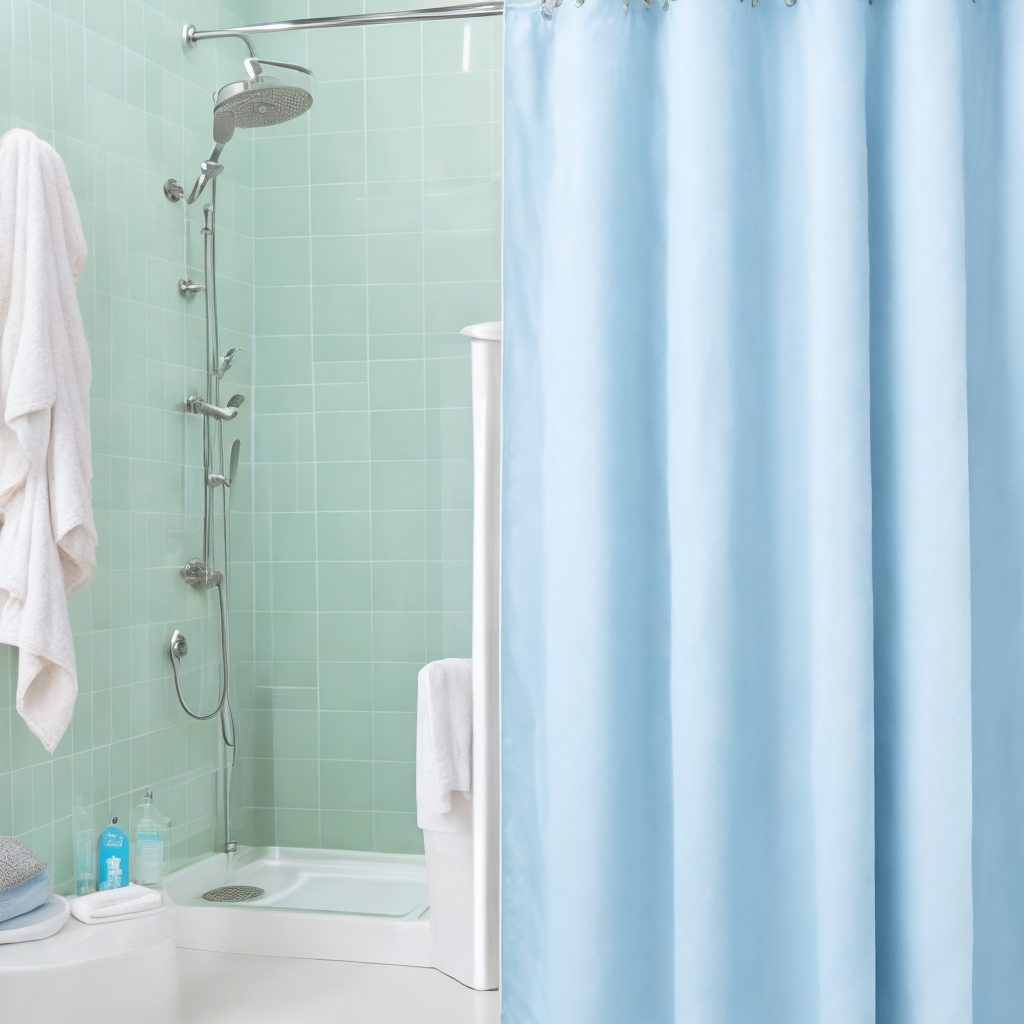
Soap scum is a common occurrence in the shower and its build-up can cause permanent staining and the growth of mold and mildew. Mildew is a type of fungus that thrives in warm, damp areas and can cause respiratory issues if left unchecked. Stains caused by hard water and mineral deposits, including chlorine, can be particularly stubborn, requiring special attention during the cleaning process, especially in the grout. An easy way to ensure that the entire curtain is free of soap scum and stains is to use a cleaning solution specifically designed for shower curtains, such as a shower liner.
By identifying these problem areas, such as a dirty shower curtain, you can target them explicitly, ensuring that your shower curtain with a plastic liner, also known as a plastic curtain, is safe and hygienic. Spot cleaning these areas will help prevent the spread of harmful bacteria, keeping your bathroom fresh and clean.
Step 3: Gently Scrub Away Grime
Now that you have sprayed your cloth shower curtain with your preferred cleaning solution, it is time to tackle the grime that has amassed over time. With your soft scrub brush or non-abrasive sponge in hand, apply gentle pressure as you scrub away at the dirt and soap scum. Don’t forget to clean the bathtub as well to ensure a thorough cleaning.
Be sure to pay attention to the areas of your shower curtain that are most commonly exposed to moisture, particularly the bottom half, as this is where the bulk of grime accumulates. Taking the time to focus on these areas will ensure that your shower curtain remains in tip-top shape and contributes to a hygienic bathroom environment.

When it comes to scrubbing, it is essential to use a gentle touch, especially if your shower curtain is made of delicate material. Using a harsh, abrasive scrub or brush can cause damage to the fabric, leading to tears, scratches, or fraying. Hence, opt for a soft scrub brush or sponge when cleaning your shower curtain using a gentle cleaning method, such as a mild detergent or vinegar solution. You can also use gentle curtain rings to avoid any damage to the fabric.
Remember to work slowly and carefully, paying attention to any spots that require more elbow grease to remove buildup.
Step 4: Rinse with Warm Water
Now that your shower curtain has been scrubbed with soap and vinegar solution, it’s time to rinse it off with warm water, including a cup of vinegar. This is a crucial step in the cleaning process as it removes all traces of the cleaning solution and the grime that was loosened by the scrubbing.
Rinsing with hot water and wiping with a damp cloth soaked in a water solution that includes a washer is essential as it helps in dissolving the soap and vinegar, enabling them to be washed away easily. The warm water solution also helps in removing any remaining dirt or mildew that was not scrubbed off during the previous step.

There are two ways to rinse your shower curtain with warm water without taking it down. You can use the showerhead or fill a bucket with warm water and pour it over the curtain gently. Using the showerhead is the easiest and most convenient method as it allows you to reach all areas of the curtain effectively.
When rinsing, make sure to be thorough and rinse all areas of the curtain, including the rings and rod. Leaving behind any soap or grime can lead to the growth of mildew and bacteria, which can be harmful to your and your family’s health.
Continue rinsing until all traces of soap and grime are washed away, and the water runs clear. Once you are satisfied that the curtain is rinsed thoroughly, turn off the water, and move on to the next step.
Rinsing with warm water may seem like a simple step, but it plays a crucial role in ensuring that your shower curtain is cleaned and hygienic.
Step 5: Tackle Stubborn Stains with Baking Soda
For those stubborn stains that refuse to budge, baking soda is your safest bet. Baking soda is a powerful natural cleaning agent that’s non-toxic and does not contain any harsh chemicals. It’s the perfect solution for removing tough stains from your shower curtain without causing any damage to the fabric.
To begin this step, sprinkle a generous amount of baking soda directly onto the problem areas of your shower curtain. Leave the baking soda to work its magic for about 10 minutes before you start scrubbing. During this time, the baking soda will penetrate the stains, breaking them down and making them easier to remove.
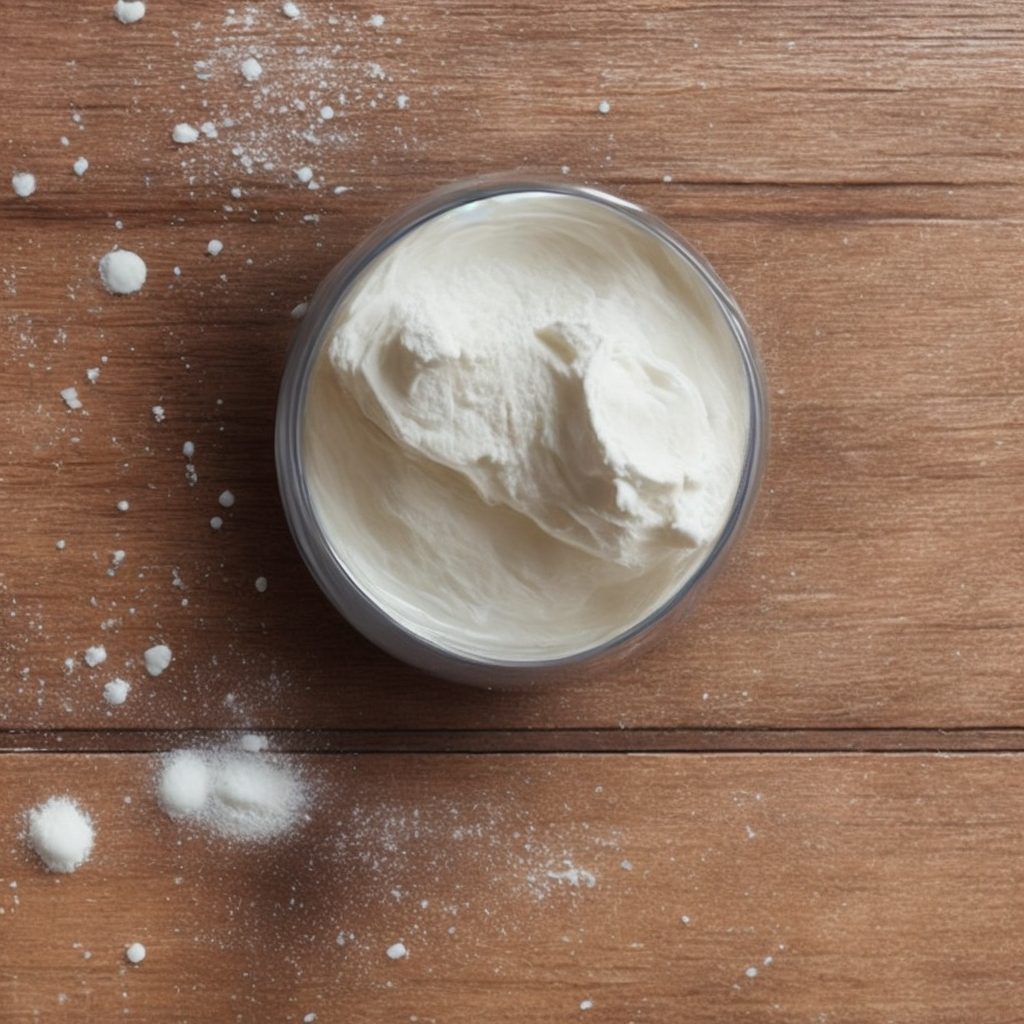
With baking soda’s gentle abrasiveness, use your soft scrub brush or sponge to gently scrub away the stains. Be careful not to scrub too hard as it can damage your shower curtain. Always use a circular motion when you scrub as it helps to prevent the fabric from becoming worn out.
If you have mildew in your shower curtain, baking soda can do wonders in getting rid of it. Simply mix baking soda with a little water to form a thick paste, then apply the paste onto the mildewed area and let it sit for 20-30 minutes. After that, rinse it off with warm water and let your shower curtain air dry.
Step 6: Combat Mold and Mildew with White Vinegar
If you’ve noticed unsightly mold and mildew growing on your shower curtain, don’t panic. This is a common issue that can be resolved with the help of white vinegar. White vinegar is a natural and effective solution to combat mold and mildew, which can not only leave your shower curtain looking dirty but can also pose a potential health hazard.
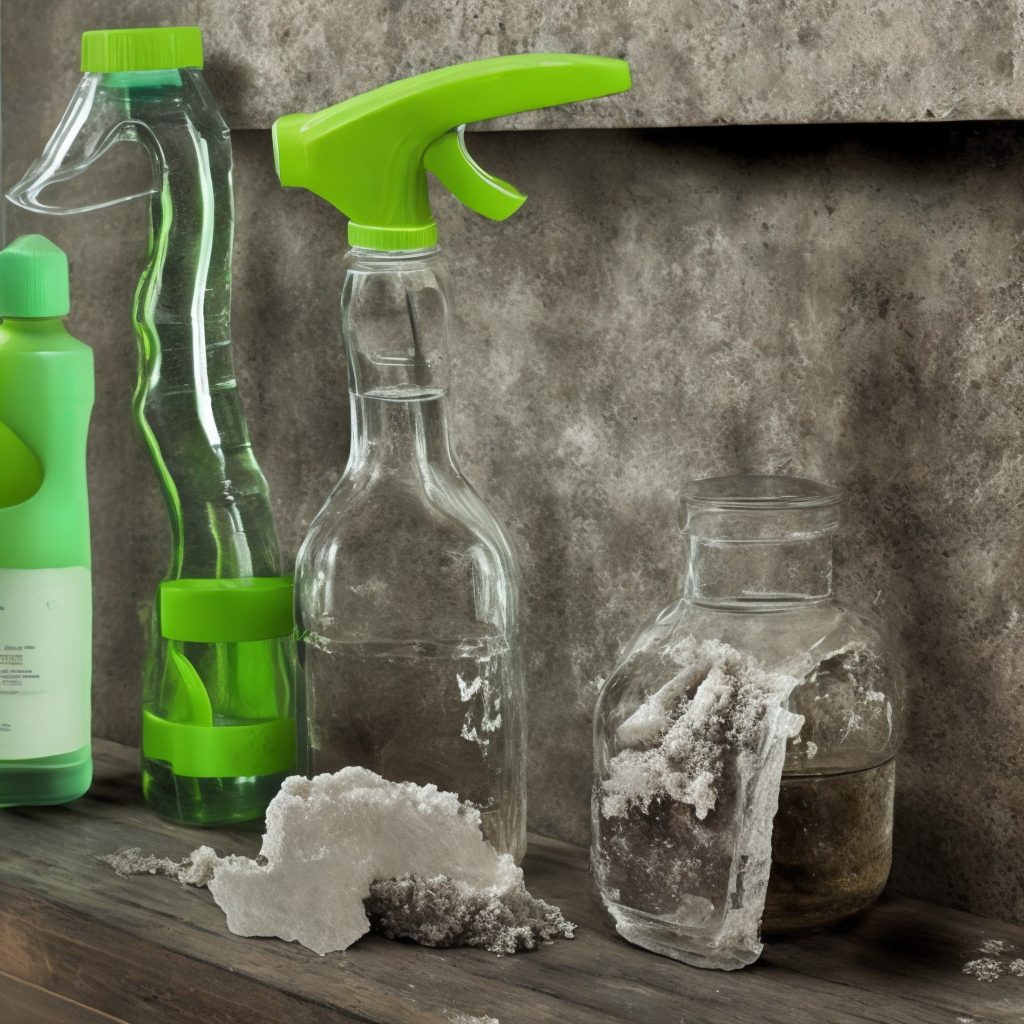
To start, fill a spray bottle with undiluted white vinegar. Spray the affected areas of the curtain generously, making sure to cover all the mold and mildew spots. The natural acidity of white vinegar helps break down the mold and mildew while also preventing it from spreading. Moreover, vinegar is a non-toxic, eco-friendly and budget-friendly option that can easily be found at your local grocery store.
After spraying the vinegar, allow it to sit on the moldy areas for about 15 minutes. This gives the vinegar ample time to penetrate the mold and mildew, ultimately breaking it down and preparing it for removal. Leave the curtain open during this time to allow the vinegar to work its magic.
After the 15 minutes have passed, use a soft-bristled scrub brush to gently scrub the mold and mildew spots. Be sure to scrub in a circular motion and apply light pressure so as not to damage the curtain. You’ll notice that the vinegar has loosened the mold and mildew, making it easy to remove with the scrub brush.
Step 7: Rinse Again to Remove Vinegar Residue
After allowing the vinegar to do its magic, it’s time to thoroughly rinse your shower curtain to remove any remaining vinegar residue. Using warm water is highly recommended for this step, as it helps to break down and wash away any remaining particles that were loosened by the vinegar. Cold water may be less effective at removing residue, and may even leave behind soap scum and bacteria that can contribute to the growth of mold and mildew.
As you rinse your shower curtain, make sure to pay extra attention to the areas where mold and mildew tend to grow, such as the corners and the base of the curtain. These areas are particularly susceptible to buildup and require thorough rinsing to ensure that all traces of vinegar and residue are removed.
While rinsing your shower curtain, you may notice that some areas are more stained or discolored than others. In this case, you may want to use a soft-bristled brush or sponge to gently scrub away any remaining buildup. However, be careful not to scrub too hard, as this can damage the shower curtain and cause it to tear or fray.
Step 8: Carefully Dry the Curtain
After completing the cleaning process, it’s crucial to ensure that your shower curtain is properly dried to prevent any moisture build-up that could lead to mold growth. If left damp, your shower curtain could become a breeding ground for bacteria, ultimately resulting in an unhygienic and unhealthy bathroom environment. Fortunately, drying your shower curtain is a quick and straightforward process that can be easily accomplished with a few simple steps.
Firstly, gently shake off any excess water from your shower curtain. This helps to remove any excess water droplets that could cause water stains or create water puddles on your bathroom floor. Once you have shaken off the majority of the water droplets, use a clean microfiber cloth or an old towel to pat the curtain dry. This method is effective in absorbing any remaining moisture on your shower curtain.
When drying your shower curtain, be sure to pay attention to both sides of the curtain. Focusing on only one side of the curtain will result in an uneven drying process, causing the curtain to remain damp in some areas. This, in turn, promotes mold and mildew growth, which defeats the entire purpose of cleaning your shower curtain in the first place.
It’s essential to note that using a towel to dry your shower curtain is a far more effective method than simply air drying it. Leaving your shower curtain to air dry naturally can take a considerable amount of time, especially in humid climates. Plus, the longer your shower curtain remains damp, the higher the risk of developing mold and mildew. Therefore, it’s best to take the extra step and dry it manually for a foolproof drying method.
How can you clean a shower curtain without washing it?
To clean a shower curtain without washing it, mix equal parts vinegar and water in a spray bottle. Spray the mixture onto the curtain and scrub with a brush or sponge. Rinse thoroughly with water and allow it to air dry. This method helps remove soap scum and mildew without the need for machine washing.
Extra Tips for Shower Curtain Care:
Regular Maintenance: To minimize the need for deep cleaning, develop a habit of giving your shower curtain a quick wipe-down after each shower. Use a squeegee or a microfiber cloth to remove excess water and prevent soap scum buildup.
Proper Ventilation: Adequate bathroom ventilation is crucial in preventing mold and mildew growth. After showering, use an exhaust fan or open a window to allow excess moisture to escape.
Scheduled Washing: Even if your shower curtain appears clean, it’s beneficial to give it a gentle cleaning every few weeks to maintain its freshness.
Frequently Asked Question
What are some common methods for cleaning a shower curtain without removing it?
Some popular methods for cleaning a shower curtain without removing it include using a mixture of white vinegar and water to remove mildew and soap scum, scrubbing stains with a mixture of baking soda and water, and using caution when using hydrogen peroxide or bleach for tougher stains. Regularly spraying the curtain with a shower cleaning spray can also help prevent buildup.
Are there any natural or DIY solutions for cleaning a shower curtain?
Yes, there are natural and DIY solutions available for cleaning a shower curtain. Vinegar, baking soda, and lemon juice are effective natural cleaners that can be used. One method is to mix baking soda with water to create a paste and apply it to the curtain, then rinse it off after 10 minutes. Another option is to soak the shower curtain in a solution of vinegar and water overnight, then wash it in the washing machine.
How often should I clean my shower curtain?
To maintain a clean and hygienic shower curtain, it is recommended to clean it every 1-2 months. Regular cleaning can prevent the buildup of mildew and mold and prolong the curtain’s lifespan. If you notice any signs of mildew or mold, clean it immediately to prevent spreading. Consider using a homemade cleaning solution or a commercial cleaner specifically designed for shower curtains.
Can cleaning my shower curtain help prevent mold and mildew growth in my bathroom?
Regularly cleaning your shower curtain can indeed prevent the growth of mold and mildew in your bathroom. Mold and mildew thrive in damp environments, so it’s essential to keep your shower curtain clean and dry. Use vinegar and water or bleach to eliminate any existing mold or mildew, and always hang your curtain up to dry thoroughly after each use.
Can I wash my plastic shower curtain without taking it down?
Yes, you can easily wash a plastic shower curtain without removing it by following a few simple steps.
Why should I clean my shower curtain without taking it down?
Cleaning your shower curtain without taking it down can save time and effort. It’s a convenient way to maintain hygiene and prevent mold or mildew growth.
What materials do I need for cleaning the shower curtain?
You’ll need mild soap or detergent, baking soda, white vinegar, a scrub brush or sponge, a spray bottle, and a microfiber cloth.
Conclusion
To maintain a clean and hygienic bathroom, it is essential to pay attention to your shower curtain. Regular cleaning not only keeps it looking fresh but also helps prevent the buildup of mold, mildew, and soap scum. By following the step-by-step process outlined in this guide, you can effectively clean your shower curtain without the hassle of taking it down. Remember to choose the appropriate cleaning products and tools for the best results. Additionally, implementing pro tips such as regular cleaning and addressing stubborn stains promptly will ensure the longevity and cleanliness of your shower curtain. So, keep your bathroom sparkling and fresh by incorporating these cleaning techniques into your routine.

I am Stacy Roberts, an experienced curtains expert. I spend most of my time writing about curtain design for various magazines and websites, including writing many blog posts on the topic for Homepicks24.com. I love helping people find the perfect curtains for their homes and take great pride in my work. When I'm not writing or helping people choose curtains, I enjoy spending time with my wife and two young children. I also love playing tennis and going to the beach. I believe that having a beautiful home with well-chosen curtains is essential to creating a special atmosphere of comfort and serenity, and thus I strive to help people find the right window treatment for their homes.


